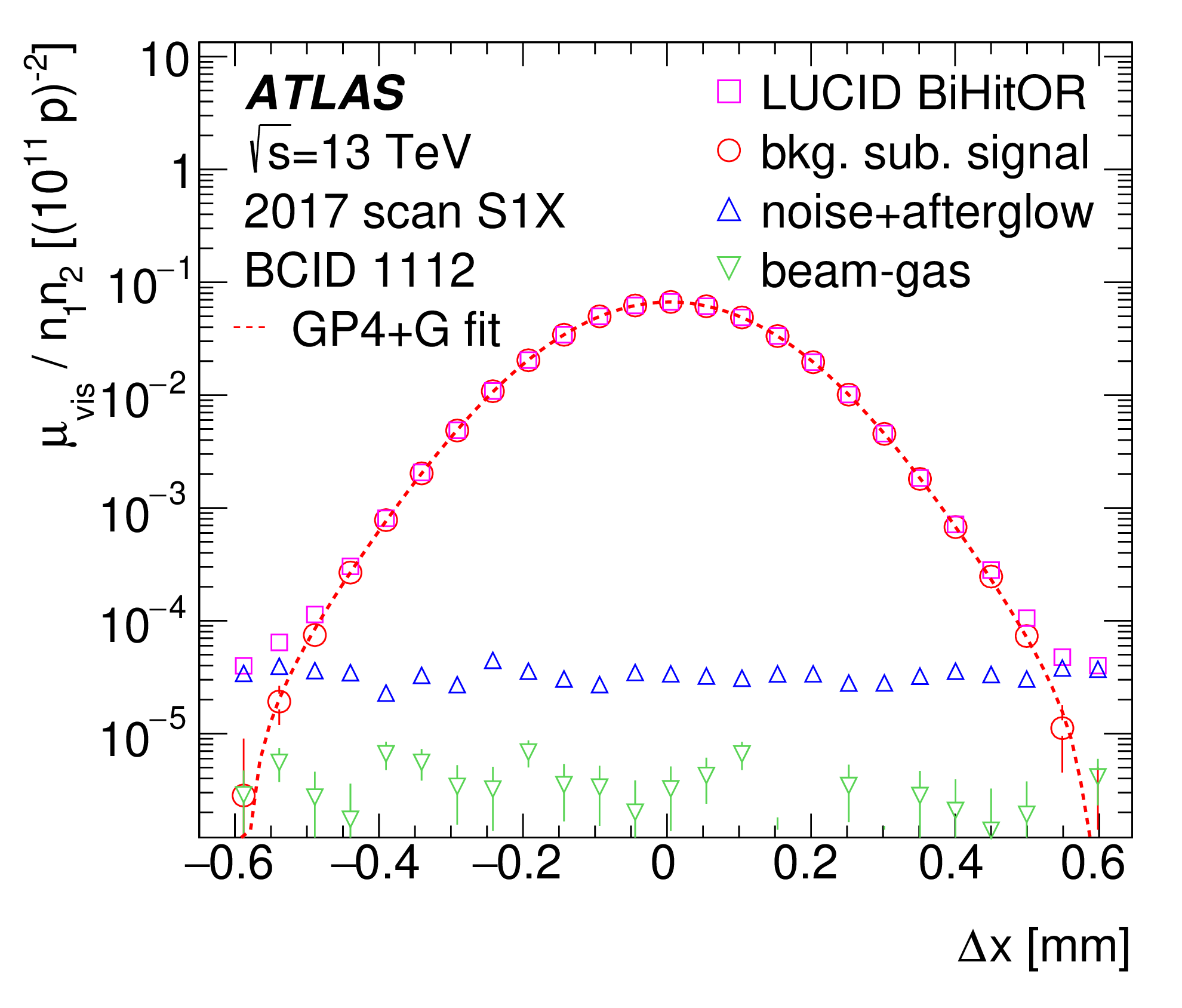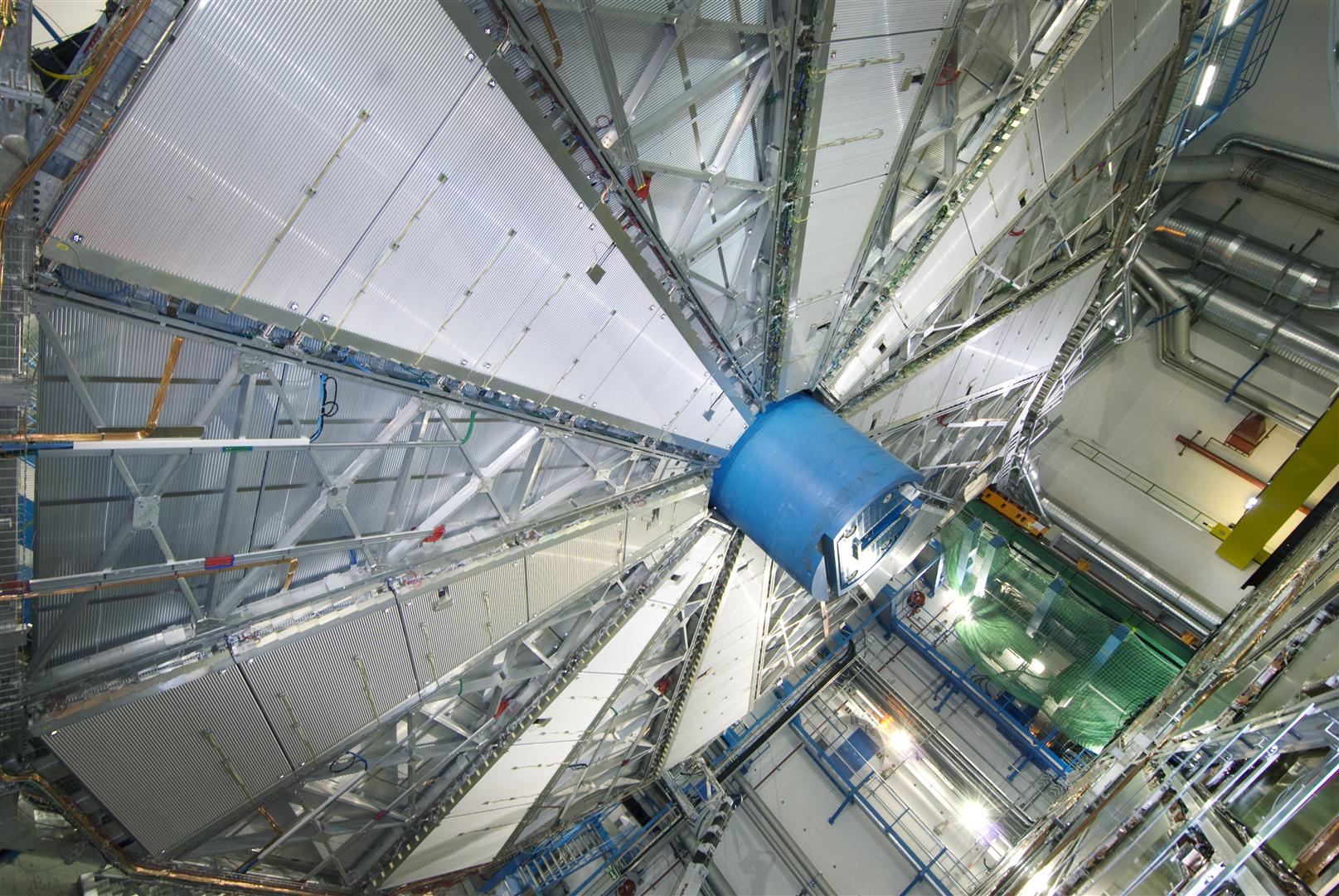ATLAS starts new year of data-taking
30 April 2018 | By
On 28 April, the ATLAS Experiment began recording the first data for physics of 2018. This will be the final year of Run 2 operation of the Large Hadron Collider and will mark the conclusion of the rich 13 TeV data harvest. Starting in 2019, the accelerator and its experiments will enter a long upgrade and maintenance period.
Ensuring the efficient operation of the detector is the highest priority for ATLAS. Operations teams are set to collect a record amount of high-quality data for analysis, potentially doubling the amount of data recorded at 13 TeV. When combined with data taken in previous years, it will form the largest dataset of its kind – keeping ATLAS physicists busy for years to come.
ATLAS’ extensive physics programme will benefit significantly from a large pool of data, which may contain sightings of the rarest and most complex signatures. “The size and scope of the Run-2 dataset gives it extraordinary potential,” says ATLAS spokesperson Karl Jakobs. “Many searches for new particles have – so far – been limited by statistics. But the scale of this full dataset means the potential for discovery is there, though it will take time to carry out in-depth searches for the most complex scenarios.”
ATLAS is set to collect a record amount of high-quality data for analysis, potentially doubling the amount of data recorded at 13 TeV. When combined with data taken in previous years, it will form the largest dataset of its kind.

Also high on the list of priorities is the study of the Higgs boson. While physicists have spent over half a century on its discovery, the study of the particle itself remains a very new field of research. Precision measurements of Higgs properties are important to test the predictions of the Standard Model and probe possible effects of new physics. In addition, the search for rarer Higgs boson decays can be addressed.
“The excellent performance of ATLAS has allowed us to make great strides in the area of precision physics,” says Jakobs. “Take, for example, the fantastic measurement of the W boson mass published earlier this year. This success is indicative of the LHC’s potential not just for discovery, but for extraordinary precision. Future analyses will continue to focus on measurements of such fundamental Standard Model parameters.”
At the end of 2018, ATLAS will shut down for a long maintenance period to carry out upgrades to the detector. “One of our primary goals will be upgrading our trigger and data acquisition system, which allows us to select the collisions we want to record and analyse,” says Lauren Tompkins, ATLAS physicist with Stanford University (USA). “During the shutdown, we will be adding new capabilities that will allow us to include more criteria in the trigger’s decision-making processes. By improving the selection process of our data, ATLAS will be able to save more Higgs bosons and study more new physics scenarios.”
While 2018 will mark the end of Run 2, the exploration of the highest-energy frontier at the Large Hadron Collider has only just begun. Will the road ahead lead to a new discovery? Or will future measurements continue to agree with the Standard Model? Analyses of the full 13 TeV dataset should hold the clues to which direction high-energy physics will take.



